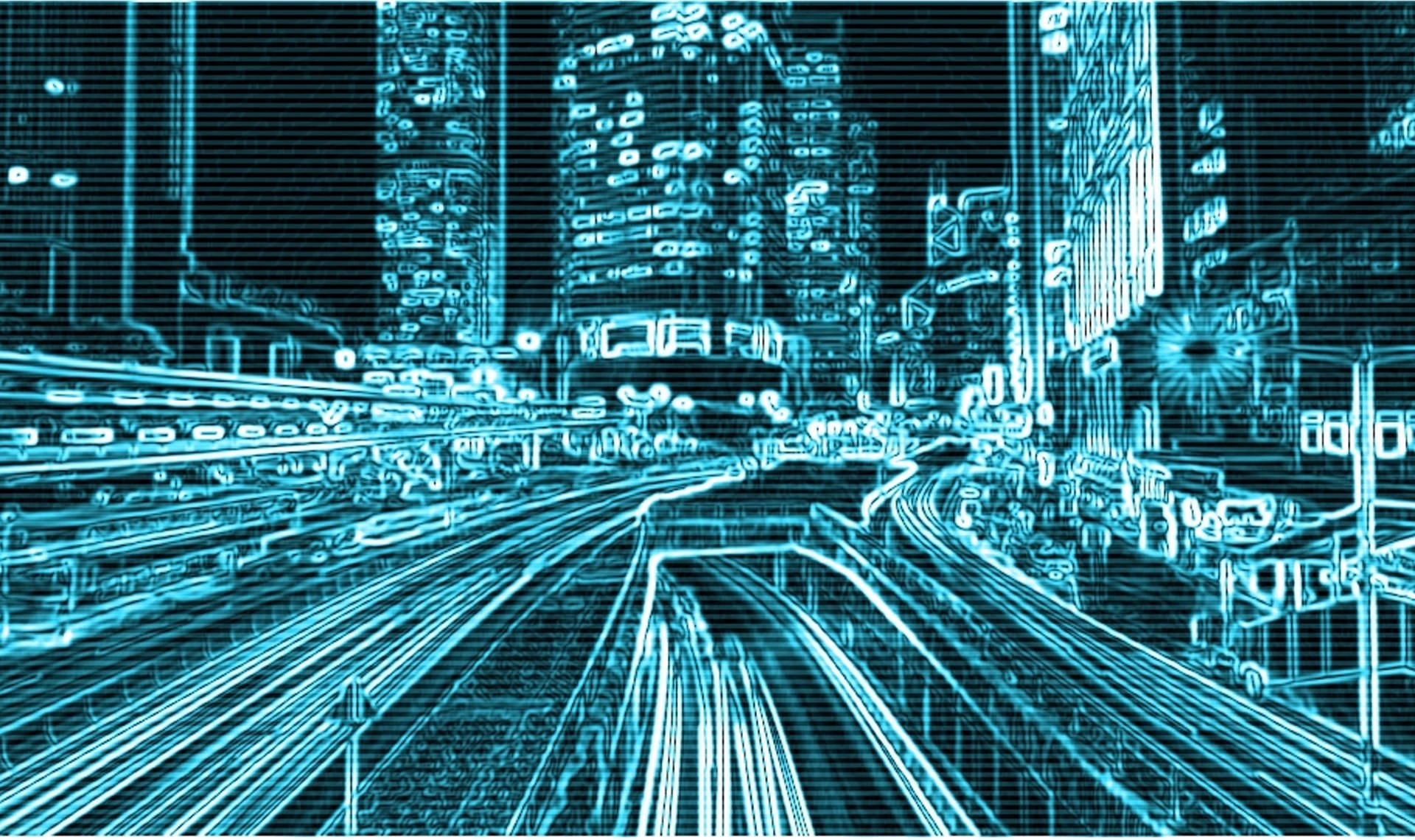Author | Esther FuldauerThere’s a new buzzword in smart cities: Digital Twin.Digital twins are hot -but they are not new. They have been around since the early 2000s, but it has only been until now that they started to be affordable thanks to the Internet of Things. First born in enterprises as 3D digital replicas of physical assets, they were used for testing, planning and monitoring.Sensors and data analytics, AI, machine learning and drones, are feeding information real-time, giving life to these digital models, which have evolved becoming into more complex representations of their physical counterparts, and no longer of isolated single objects, but full-fledged systems of interconnected things.
What is a digital twin for?
In the realm of smart cities, a digital twin is a virtual model of a city, a replica of the physical world. They are rapidly becoming indispensable tools to visualize the pulse of the city in real time with layered data sources of buildings, urban infrastructure, utilities, businesses, movement of people and vehicles.If we could test everything in a virtual model before implementing, it would lower costs and the chances of failing in the real world. Testing and prototyping can improve a city’s resilience dramatically. By having real-time information of any emergency, planners could allocate resources, plan for operations and optimize traffic, which would improve by itself many other urban systems.A good example would be its use by first responders like firefighters. In the case of fire they could have access to the 3D model of the building. With the aid of Augmented Reality and AI, firefighters could know where people are and how to predict fire’s behavior.A digital twin of a smart city goes beyond the sensorization of 3D models becoming an urban platform for application development which can serve many different stakeholders. Cities then can become more democratic by having a vision of what is lacking in each community, improving their environment and their services. With open data and developing APIs that all stakeholders agree to, anyone with the proper permissions can access and develop apps for the platform creating bottom-up solutions.
Some digital twins in progress
https://youtu.be/y8cXBSI6o44One of the more advanced of the smart city digital twins in progress is Virtual Singapore, project which was overseen by Dassault Systémes using its 3DEXPERIENCE platform. The project offers four main capabilities to stakeholders: Virtual experimentation, test-bedding, decision-making and research & development.Amaravati, a greenfield smart city, will be the first city born with a digital twin. The initial 3D prototype of the city was built using Cityzenith’s Smart World Pro software.“Everything that happens in Amaravati will be scenarioized in advance to optimize outcomes, and adjusted on the fly to keep pace with change. This represents a giant leap forward for cities, how they’re designed, built, and managed, and how they optimize their relationships with the private sector and their own citizens”, explains Michael Jansen, CEO of Cityzenith.This technology is picking up pace as it is becoming more widely available and known to prototype and test smart city projects. Digital twins were ranked #5 in Gartner’s Top 10 Strategic Technology Trends for 2018, with predictions that billions of things will have digital twins in the next few years. We will certainly see more and more cities creating their own digital twins in the years to come, a tool that is set to become a cornerstone of the 4th Industrial Revolution.Images | Virtual Singapore, Cityzenith, ItNeverEnds/Pixabay, María Noel Rabuñal Cantero/Unsplash






















































